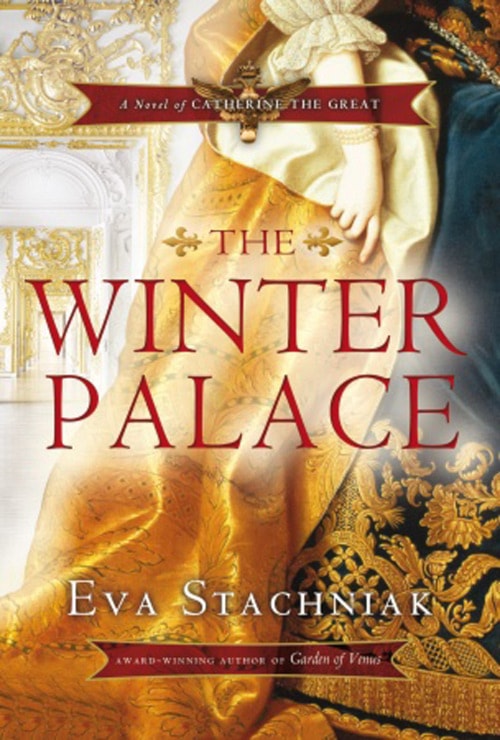Last week, newspapers around the world announced that Vladimir Putin will become the Russian president ... again.
Although the Russian presidency is limited to two terms, Putin has found a way to reclaim a third, and could stay there until well into the next decade.
This modern bending of rules to maintain power is strikingly similar to those that occur in Eva Stachniak’s latest novel, The Winter Palace. Her story centres on the making of Russia’s longest reigning empress, Catherine the Great. After reading about the antics of 18th century politics, I’m not surprised that critics today are calling Putin a 21st century czar.
Much has already been written about the two empresses in this book: Elizabeth and her eventual predecessor, Catherine. But readers of this column convinced me that it would be worth my while to read The Winter Palace. As promised, Stachniak manages to find a fresh and innovative angle.
The Winter Palace is told through the eyes of an orphaned bookbinder’s daughter who begins working in the palace as a seamstress. While wandering the halls one night, Varvara comes upon a stack of books. As chance would have it, a high-ranking palace official discovers her reading, and is intrigued by a common maid who understands several languages.
The official immediately realizes that Varvara could be useful as a spy — an occupation held by many within the palace walls. In a time when the empress ruled with absolute power, getting ahead had more to do with personal relations than with politics. People in the court had to constantly shift alliances and stay on the right side of the empress’ whims. To do this, the palace was literally filled with spies reporting to various factions.
Varvara becomes the empress’s chambermaid, and using all of the secret hiding spots, loose floor boards, false bookshelves and spy holes in the palace, she gains unauthorized views of the life within. This inside viewpoint provides an ingenious way to get at the private stories of many different characters, and also to make the drafty two-storey palace an integral part of the story itself.
The childless Empress Elizabeth is obsessed with finding an heir to the throne. At the same she is preoccupied with increasing the grandeur of the Winter Palace. The excesses of the subsequent opulent rococo renovation match the ever-increasing excesses of the vain and lazy empress.
Elizabeth brings a young Prussian princess, Catherine, to Russia to marry her nephew and provide an heir. Catherine’s journey to St. Petersburg is one of my favourite sections of the book — spies gallop back and forth from the carriage procession to the Winter Palace, reporting on everything from Catherine’s breakfast choices to the thickness of her stockings. While Stachniak weaves many such wonderful details into the book, creating a rich sense of a time long past, she also highlights many of the human foibles that plague our political systems to this day.
Heather Allen is a writer and reader who lives in Penticton.
allenh@telus.net
